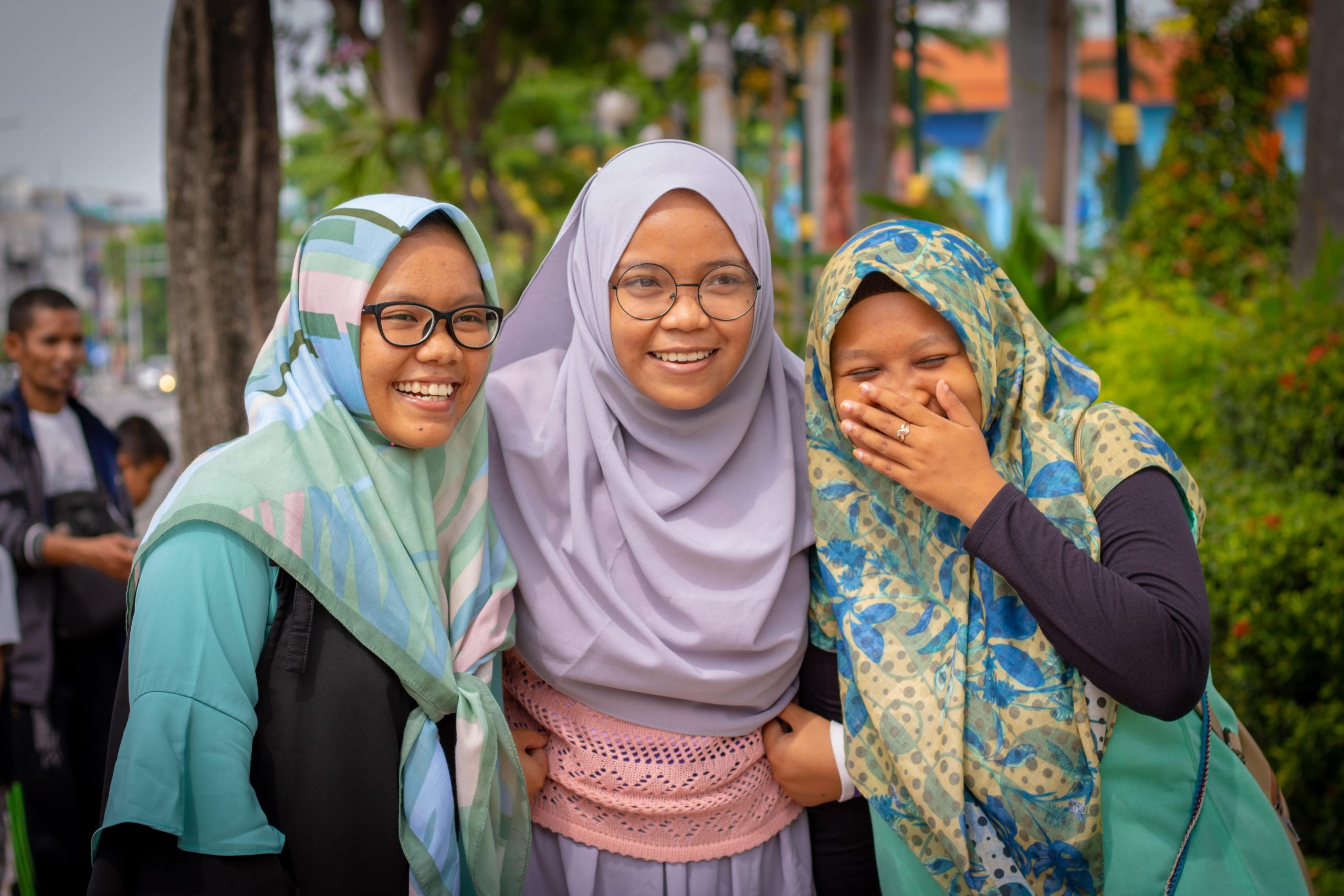In many places around the world, there is a story that people know or recognize. It’s the story they’ve come to equate with that place; the story they tell to other people.
In many places, this dominant story is the story of the colonizers. And, in the tourism context, this is the story that is, well, dominant.
It’s the story that Angkor Wat was a “lost city” “discovered” by the French. It’s the story of the Dominican Republic’s history as told through a Spanish lens. It’s the story of the luxurious life enjoyed by plantation property owners.
The dominant narrative is dominant for a reason: It is the one told by those who have platforms and power. It is reinforced and amplified. This dominant narrative is also often one that normalizes violence and marginalizes those who have been historically oppressed or silenced.
This is why it’s important for those working in tourism to disrupt those cycles of destructive storytelling and make space for alternative stories to surface. This means recognizing the harm tourism has caused people by silencing or gaslighting non-dominant storytellers in the past. It often requires amplifying alternative storylines so travelers are encouraged to follow these new threads through a place.
The move toward disrupting the dominant narrative cycle also means supporting and appropriately compensating storytellers who haven’t previously been heard, and respecting their right not to share their stories.
And therein is a fine line that the tourism industry must walk.
An increasing number of destinations and service providers are beginning to recognize the importance of scratching beyond that well-known, surface-level story in the tourism context.
A good first step is the readiness and willingness to share the stories that have been suppressed — the stories of Black, Brown, and Indigenous peoples; rough sleepers; religious minorities; manual workers; immigrants, migrants, asylum seekers, and refugees; persons with disabilities; and others who are pushed out of the mainstream conversation.
But sharing those stories is contingent on the storytellers themselves. Storytellers are the catalyst for shifting the dominant narratives present in the places people travel because they are the keepers of their stories. The storytelling process — the ecosystem in which a message is transferred from one person to another — is the second piece of this puzzle.
You have a history, an understanding of the world, and a story. I also have a history, an understanding of the world, and a story. Chances are neither of us would like others speaking on our behalf, framing our story through their lens.
Turn the tables around and think of this from a tourism perspective. If service providers know now that it’s important to acknowledge perspectives that counter the dominant narrative, they also need to be mindful of how they introduce these perspectives into the travel space. Telling a story that hinges upon a culture and history that is not their own is fringed with risk, even if they have the best intentions.
So, how can service providers disrupt the dominant narrative with care and compassion, making sure not to turn story sharing into another form of extraction and exploitation? I’m glad you asked …
Create relationships.
If you’re just now deciding you need to incorporate a wider diversity of people into a travel experience to surface a spectrum of narratives, don’t expect this process to happen overnight. Communities that have been silenced, shunned, and even commoditized in the name of tourism are understandably suspicious and traumatized by how they’ve been misrepresented in this context in the past.
This is a long game, and it requires that your team creates relationships built on trust and rapport, and that are mutually beneficial for everyone. Joining associations and participating in events that welcome and encourage diversity is a great place to start meeting the people who can help foster those long-term relationships in the places you work.
Seek out organizations representing marginalized communities.
There are often place-based organizations that serve as meeting spaces for people with different identities to come together. These organizations may know of small businesses or entrepreneurs who are already working in a tourism capacity or are interested in sharing their experiences with travelers. They are also good resources for acquiring information to educate yourself about a specific community or identity.
Acknowledge your perspective and provide background context.
Travelers might ask questions about a particular group or storyline with which you don’t have a personal connection. This isn’t a bad thing. In fact, we want travelers to ask thoughtful questions, and we want to deviate from that dominant narrative.
However, in these moments where you need to provide insight about a group to which you don’t belong, be very clear about your own identity and relationship to that group. You should not speak on behalf of someone. When providing information related to the topic at hand, explain where you’re gotten your information, as that provides context for your listeners to help validate or invalidate the story they’re hearing from you.
Let diverse storytellers represent themselves.
Beyond the traveler-facing moments, the tourism industry needs to do a much better job of letting diverse storytellers represent themselves. At many conferences and in many decision-making rooms, there are still people who represent the dominant culture speaking for and making decisions on behalf of a vastly diverse spectrum of people.
It’s egregious to see DEI panels and moderated conversations that fail to embrace diversity. However, a wider diversity of people need to be in every room and given the same respect, space, and attention to share their stories from their communities.
People are not a commodity. And yet, when the industry talks about all the ways it wants to evolve and improve but fails to invite diverse storytellers and stakeholders to the table, it creates the conditions to perpetuate the dominant narrative defining tourism, the way travel experiences are delivered, and the stories travelers continue to absorb and share long after they’ve returned home.



